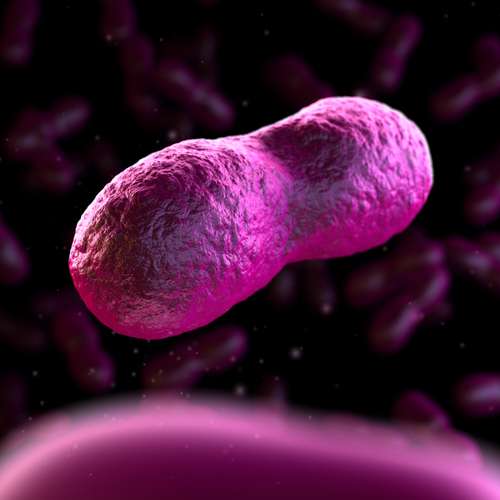Gene Mutation Turned Bacterium into Deadly Plague
 A recent study published in the journal Nature Communications explored how very small changes to a gene called Pla could make diseases become vicious plagues
A recent study published in the journal Nature Communications explored how very small changes to a gene called Pla could make diseases become vicious plagues
The research team led by Northwestern University microbiologist Wyndham W. Lathem honed in on the Yersinia pestis (Y. Pestis) bacterium, a bug that can cause “fatal respiratory disease pneumonic plague,” according to the study.
Y. Pestis is the descendant of Yersinia pseudotuberculosis, which emerged 5,000 to 20,000 years ago and could spread by coughing or by a flea bite. This bacterium also played a role in major historical epidemics like the Black Death and Plague of Justinian.
Y. Pestis typically causes a gastrointestinal infection, but Lathem’s team infected a group of mice with the ancestral version of Y. Pestis to gauge how the bacteria could change into a more destructive state and affect the lungs.
The scientists found that it only took one additional gene to morph Y. Pestis into its deadly form, and one small alteration in the gene gave it the ability to be transmitted by a cough or flea bite, writes The New York Times.
Essentially, Lathem’s group discovered it didn’t take much for the bacteria to infect the lungs because it already had that feature in an early stage of its evolution. It just took some small tweaks to the gene to reach that point.
You can read the rest of the Nature study here.
• CONFERENCE AGENDA ANNOUNCED:
The highly-anticipated educational tracks for the 2015 R&D; 100 Awards & Technology Conference feature 28 sessions, plus keynote speakers Dean Kamen and Oak Ridge National Laboratory Director Thom Mason. Learn more.




